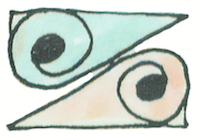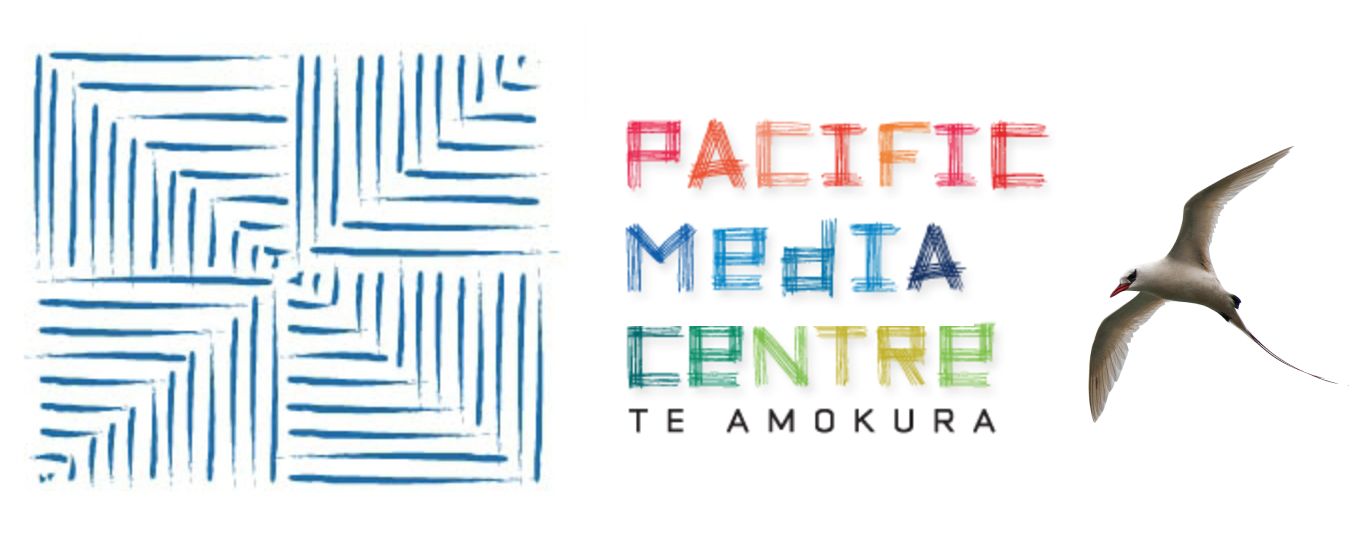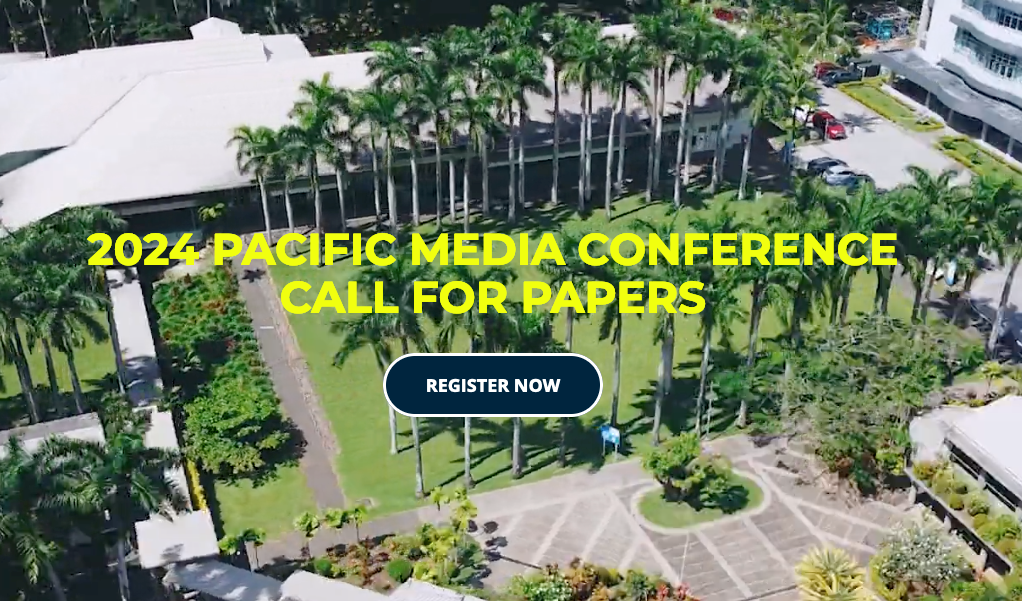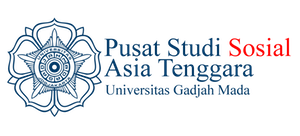Media diversity rules: Analysing the talent chosen by student radio journalists covering Islam
Abstract
The ethnic composition of the Australian population, coupled with the pursuit of a multicultural society at the official level (Ho, 1990) emphasises the nature of the audience for Australia’s media—an audience that is ethnically, culturally and religiously diverse. Yet the content and coverage of the mainstream media does not reflect that diversity particularly in relation to Arabs and Muslims. There are few guidelines for journalism professionals and despite attempts to increase the number of journalists from Muslim or Arab backgrounds in mainstream newsrooms there appears to have been no major paradigm shifts in the way newsrooms cover stories related to Islam. Journalism students at a university in Melbourne completed two newsroom production sessions for one of the city’s major community radio stations, as part of their assessment in a semester-long subject. The researchers examined the students’ choices of interviewee and coded all bulletins produced over a six week broadcast period in 2010. The data will be used to formulate a baseline for the future study of the diversity of talent used by journalism students in the subject, and to see what lessons may be contained for journalism educators, in the breakdown of stories chosen by students and the composition of interviewees contacted by the students.
Downloads
Metrics

Copyright (c) 2011 Nasya Bahfen, Alexandra Wake

This work is licensed under a Creative Commons Attribution-NonCommercial 4.0 International License.















